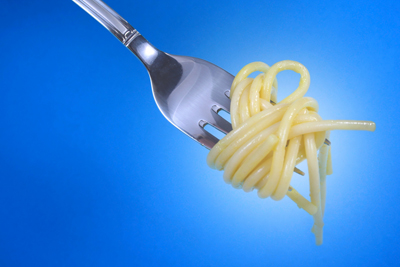The Atkins Diet for Healthy and Ongoing Weight Loss
The Atkins diet promises rapid weight loss and helps people to acquire healthy eating habits. It has a positive effect on polycystic ovarian syndrome, high blood pressure, and high cholesterol levels. This plan reduces the consumption of carbohydrates which are the first to be burnt by the body. Dieters are encouraged to eat fat- and protein-rich foods so that fat deposits are burnt for energy.
The Atkins plan is a good choice for people who like foods high in protein and fat. The list of foods allowed during the induction phase includes meat, fowl and fish, including halibut, sole, and flounder. Dieters should eat only unprocessed meats. Eggs in any style are allowed – poached, hard-boiled, fried, etc. People can eat cheese, including Gouda, feta, and cream cheese, but they can have no more than 3 to 4 ounces. All meals should contain about 180 to 200 grams of protein. When it comes to oils and fats, the recommended serving size is one tablespoon. For example, you can have a pat of butter or a tablespoon of olive oil or grape seed oil on your vegetables or salad. Vegetables are allowed in limited amounts, including egg plant, avocado, and cabbage.

The second phase aims at ongoing weight loss. People increase their daily intake of carbohydrates by 5 grams. They can eat dairy products, seeds, nuts, fruits, vegetables, and legumes such as kidney beans and lentils. Basically, dieters start reintroducing foods that contain carbohydrates. While most calories still come from fat and protein sources, dieters can have avocados, green beans, and other foods high in carbohydrates. It is recommended that dieters choose foods high in fiber and other nutrients. They lose 1 to 2 pounds a week and there is no set duration for this phase.
The diet has two more phases – pre-maintenance and life maintenance. The pre-maintenance phase is where dieters practice for the last phase. During the pre-maintenance phase, the list of allowed foods includes baked potatoes, pinto beans, chickpeas, brown rice, and oatmeal. The aim is to lose weight slowly and find one’s tolerance for carbohydrates. Dieters can add more carbohydrates on a weekly basis, but they should cut back if they stop losing weight. It is not uncommon to gain a few pounds until you find your optimum carbohydrate intake. Reduce carbohydrates by 10 grams and wait for the results. The most important thing is to stick to the plan – don’t go back to your old eating habits. In general, this is the phase during which dieters can test what works best for them.
The last phase begins when the dieter reaches the desired weight. Adjust your menu accordingly if you gain 3 to 5 pounds. The main goal now is to maintain your healthy weight and eating habits. You can eat all foods that were allowed during the induction phase, phase 2, and pre-maintenance phase. They can have fat and protein such as oils, meat, low carb dressings, and butter. People can also eat seeds and nuts (e.g. sesame seeds, linseed) and non-starchy vegetables such as bamboo shoots, baby corn, chayote, and Chinese spinach.
Atkins also recommends regular physical exercise, including stair climbing, running, riding a bike, and walking. Exercise should be done in moderation. You can bike to work, swim, go to the gym, or exercise in front of the TV. The Atkins plan does not specify types of exercises or how much physical activity you need. You can have 1 hour of vigorous intensity exercises or 2.5 hours of moderate exercise a week at a minimum. Combined with dieting, exercise will help you to lose weight and build muscle mass. Other benefits of exercising include reduced risk for health conditions such as arthritis, some cancers, stroke, and diabetes. Healthy eating and exercise will improve your mood, giving you an energy boost and shaping your figure.